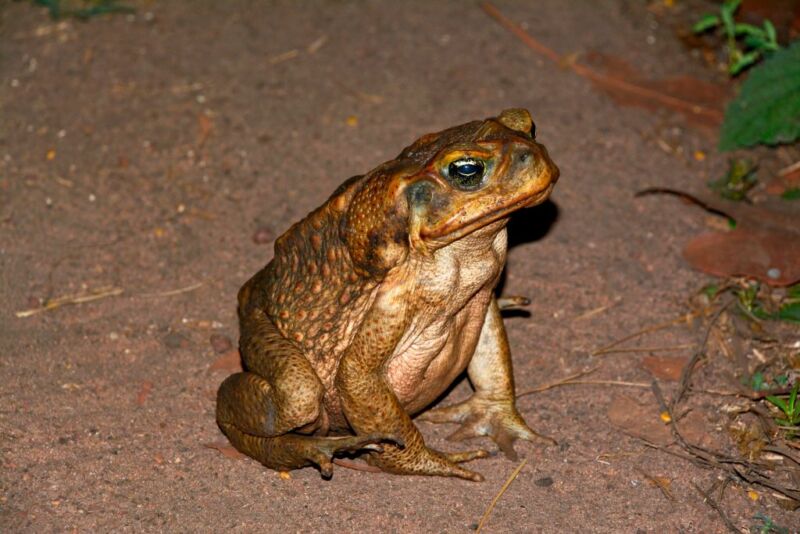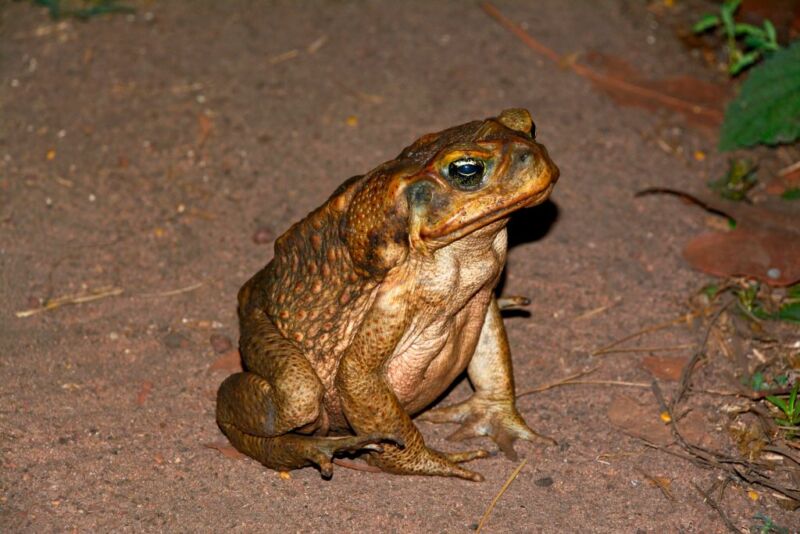
Enlarge / Does this look like the face of someone who started off as a cannibal? Why yes, it does. (credit: REDA & CO / Getty Images)
The cane toad may be the poster animal for invasive species. Native to South America, it has been introduced to many other ecosystems in the hope it would chow down on agricultural pests. Instead, the toad has become a pest itself, most notably in Australia. Free from the predators and parasites in its native range, the toad’s poison glands have turned out to be a hazard for most species that try to eat it where it’s been introduced.
But that doesn’t mean that it’s completely free of the risk of predation. Australian cane toad tadpoles have been observed feeding on their fellow cane toad offspring. This cannibalism seems to be an evolutionary response to the lack of competing species in its invasive range, causing cane toads to turn on their remaining competition: each other. And the toad has already turned to an additional evolutionary response to try to limit the danger of cannibalism.
Only competing with themselves
From an evolutionary perspective, cannibalism can make sense as a way to limit the competition posed by other members of your species. But the research team at the University of Sydney that has tracked the cane toad’s cannibalism suggests that the species’ successful invasion of Australia has accentuated this evolutionary pressure—something that may also occur with other invasive predators. One of the marks of an invasive species is its abundance in its new range, at which point competition for limited resources becomes more likely. Cannibalism not only limits this competition but provides nutritional resources as well.





